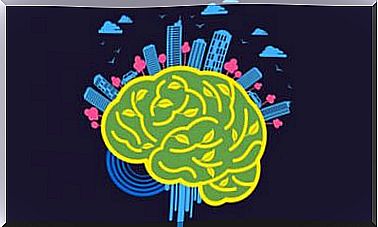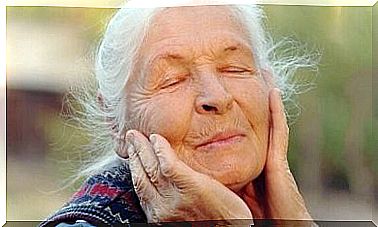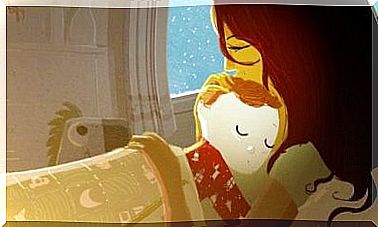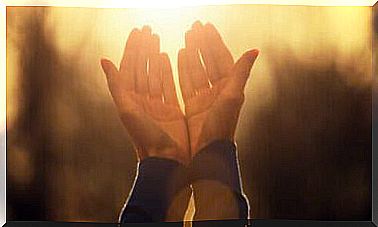Transformative Wrath: The Female Archetype
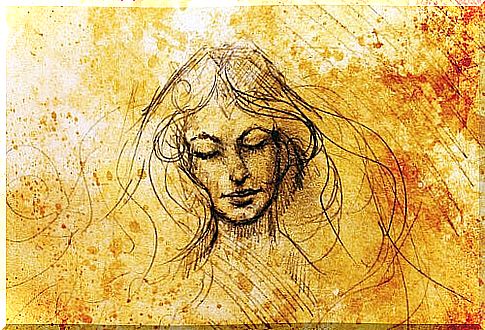
Archetypes are recurrent elements of the unconscious, predispositions of the human psyche that correspond to emotional, behavioral and cognitive patterns. These patterns determine how we process sensations, concerns and symbols. Furthermore, they play different roles and are dreamlike and universal in character. In this article, we’ll cover the female archetype and its essence, Transformative Wrath.
To begin with, we must know that such elements have been repeated many times in myths, legends, religions, dreams and art throughout history. They are collective symbolic models through which a series of experiences common to all of us are expressed .
They are developed in the cultural environment, not the individual, and are partially inherited. We express these archetypes through emotional reactions, in our behavior and in our projections to others, although we are not even aware of having them activated. It was the psychiatrist and psychoanalyst Carl Jung who proposed this construction in his book ‘ The Archetypes and the Collective Unconscious’.
The female archetypes
In the 1980s, psychiatrist and analyst Jean Shinoda Bolen broke with the rigid schemes related to women that psychoanalyst approaches had, with her book “The goddesses of each woman” . Her work dramatically transformed female psychology as we discovered the forgotten archetypes of goddesses recovered from universal mythology.
Among the wide cast of archetypal goddesses, some of them, especially those connected with wisdom, seem to activate in us when we reach mature age . Among all these goddesses, two of them are my favorite. They’re the ones I’m going to talk about in this article.
I’m sure many of you will recognize this potent archetype already active in your psyche. It seems that women become more radical against injustices as they get older and, in a way, much wiser.

The Goddesses of Transforming Wrath: Sekhmet and Khali
The goddesses of Transformative Wrath are women capable of expressing their anger. They neither deny nor repress it nor direct it against themselves. They are fierce, protective goddesses, with wild instincts, but increasingly capable of transforming themselves into strong and serene beings .
These two deities were invited to fight the demons of the world and to vanquish the evil forces when no other deity could face them.
They were warrior goddesses who, on the battlefield, tipped the balance between life and death. In both, an inner battle takes place between the divine and the demonic nature. Sekhmet nearly destroyed the human race and Khali returned from battle with the demons attached to his skirt .
Both have a terrifying aspect and can create life, conserve it and destroy it. They know from experience the horrors of the world, and they are fierce when defending a cause. They are the protectors of values, determined to change things for the better.
what symbolize
The archetype of the goddesses of transforming wrath symbolizes indignation and anger in the face of unfair personal or social situations . It represents the state of anger at intolerance and fury at the indifference towards the suffering of any being.
It is at a ripe old age that women recognize many of these situations and react by punching the table and saying: Enough! When we find ourselves willing to do something to change, the archetype is activated in us.
The archetypal energies of Transformative Wrath are representations of fierce female compassion. Angry women protesting what is inadmissible. It’s a break with looking away, with conforming to things. It’s the tipping point we cross when we know things can’t go on like this.
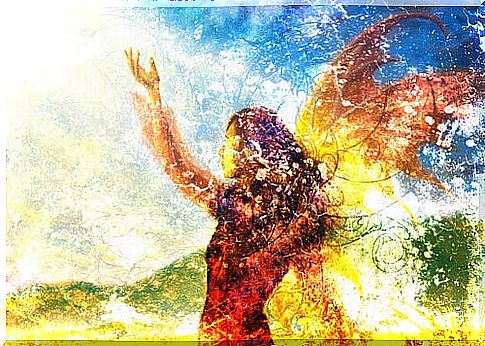
balancing wisely
Transformative Wrath is a very powerful archetype, so you need to know how to detect and control it when it’s working. Once activated, it delivers an energy that can be devastating to those around us and, even worse, to ourselves.
Wrath must be balanced with wisdom to transform into Transformative Wrath and work in the right direction. It’s not about repressing our anger, or hiding it or denying it, as we’ve been taught to do since we were little. But it is necessary to balance it.
The wisdom of experience gives us enough knowledge to know how to contain the first impulse to return the insult. An eye for an eye leads us to a succession of violence and makes us hostile and obsessive.
It is necessary to channel anger and transform it into wisely organized and directed acts to change an event, a situation or an injustice. It’s about putting our hands to work and devising a plan that will lead us to our goal. Without this wisdom, anger only turns to anger.
The goal of Transformative Wrath is to direct the furious hearts to improve their own lives and to create a better and fairer world.



